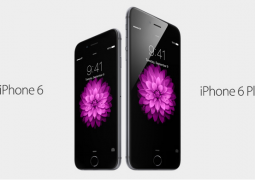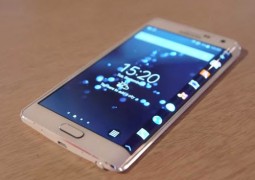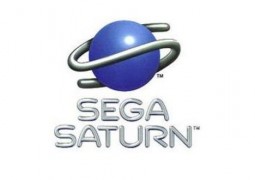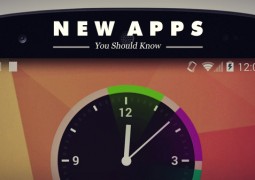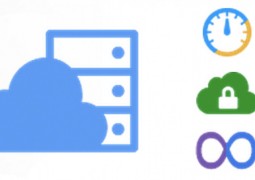Ice Cream Sandwich Now Installed on One in Five Android Devices
by 6 September, 2012 3:54 pm3
In July, Google published statistics via the developer dashboard that clearly defined Gingerbread 2.3 as the most prominent version of Android on the market. For a fourteen day period, Google polled devices connected to the Google Play market to see what version of Android they were running.
During the poll, Google identified that Gingerbread was still the most popular version, comprising 64% of the total Android device market, despite the recent release of Jelly Bean. Ice Cream Sandwich (Android 4.0), the version before Jelly Bean, was only installed on 10.9% of Android devices. Froyo (Android 2.2), actually beat ICS out as well, comprising 17.3% of the total Android devices on the market.
The statistics were quite disheartening, because most Android users were still waiting around to get the ICS update for their handsets, despite Google’s recent announcement of the latest Android version, Jelly Bean.
Nearly three months later, Google has released more statistics via the Developer dashboard that reveals ICS is starting to catch up, albeit quite slowly.
Android 4.0, Ice Cream Sandwich, is More Prominent
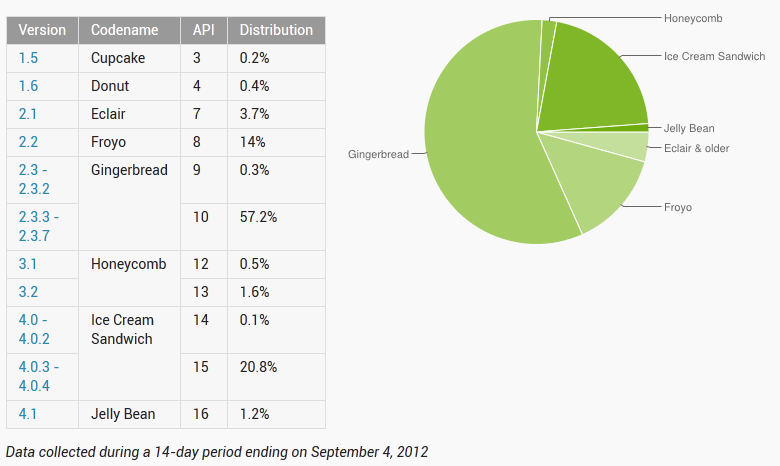 Almost three months later, Ice Cream Sandwich now makes up more than 20% of the Android device market. Translated into more sensible stats, approximately one in five Android handsets on the market is now running ICS. That is essentially a 9% increase in the past few months.
Almost three months later, Ice Cream Sandwich now makes up more than 20% of the Android device market. Translated into more sensible stats, approximately one in five Android handsets on the market is now running ICS. That is essentially a 9% increase in the past few months.
Unfortunately, the market is still highly saturated with Gingerbread 2.3 devices, making up 57% of the total Android device market. So, just a few months later, Gingerbread still dominates the Android market and it’s going to be a while before ICS catches up.
The most demoralizing news here is that regardless of phone model and hardware, it looks as if Google’s Android mobile OS will never quite be streamlined to consumers, unless they own a Google branded device (Google can roll out updates to their Nexus product line almost immediately). A lot of consumers will own handsets that are never up to date as far as the Android OS is concerned. This is a shame, because the latest version of Android generally has new features and performance improvements over previous releases of the OS.
When Will We Start Seeing Jelly Bean More?
Realistically, it has taken about a year for Ice Cream Sandwich to make its way to 20% of the total Android devices on the market. That means, it will probably be a year before we start seeing a significant increase in Jelly Bean devices.
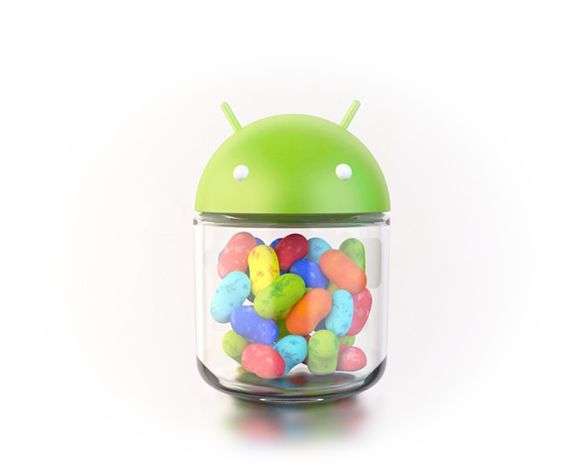 For a while now, manufacturers have been complaining that Android is biased towards Google’s own Nexus mobile devices concerning internal hardware. Not only do manufacturers claim Android updates are biased towards Nexus hardware, they also suggest Google devices receive the Android update first which supposedly causes most of the issues and the longer times between updates.
For a while now, manufacturers have been complaining that Android is biased towards Google’s own Nexus mobile devices concerning internal hardware. Not only do manufacturers claim Android updates are biased towards Nexus hardware, they also suggest Google devices receive the Android update first which supposedly causes most of the issues and the longer times between updates.
Google is calling their bluff with the latest release of Jelly Bean (Android 4.1) by making it available to everyone at the same time. This newly adopted update process ensures that product manufacturers have ample time to modify the latest version for older handsets, and for use with newer products.
There are still lower end devices coming to market running older versions of Android, because ICS does make use of more advanced hardware (which is also why a lot of older devices are not receiving updates to newer OS versions, the lesser hardware does not meet the requirements).
At Least Ice Cream Sandwich is on The Rise, Finally
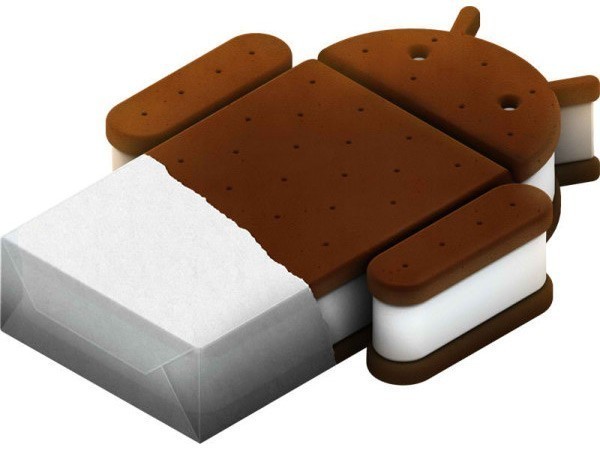 Even though, we may not be seeing Jelly Bean for a while, the general use of Ice Cream Sandwich is on the rise. This is excellent news indeed, because ICS brings plenty of new features and performance improvements over Gingerbread and Honeycomb. With any amount of luck, Jelly Bean will rollout to handsets much faster than ICS did. It’s taken almost a year for most handsets to see the update, and that is atrocious.
Even though, we may not be seeing Jelly Bean for a while, the general use of Ice Cream Sandwich is on the rise. This is excellent news indeed, because ICS brings plenty of new features and performance improvements over Gingerbread and Honeycomb. With any amount of luck, Jelly Bean will rollout to handsets much faster than ICS did. It’s taken almost a year for most handsets to see the update, and that is atrocious.
Samsung and HTC are the best at providing system updates to handsets, while Motorola is probably the worst.
Motorola Droid Bionic users haven’t been waiting since December of last year for an ICS update. It was slated to rollout in early Q3, 2012 but has yet to release, and we’re already close to the end of Quarter 3 (which ends in September). At the beginning of the year, Motorola released ICS for the Razr and Razr Maxx handsets, both of which were released after the Bionic, and they suffered from severe bugs and software issues.
Nevertheless, it shouldn’t be too much longer before Ice Cream Sandwich dominates the Android device market. As for Jelly Bean, only time will tell- most likely lots of time.


